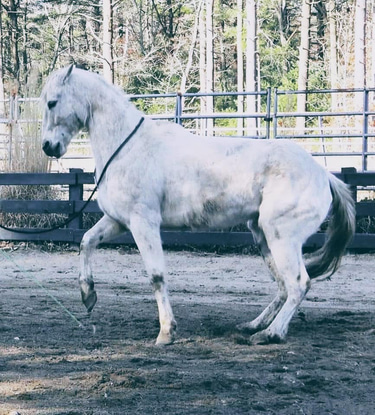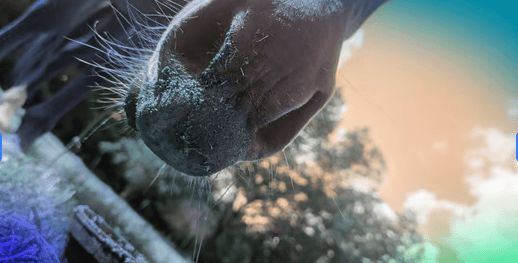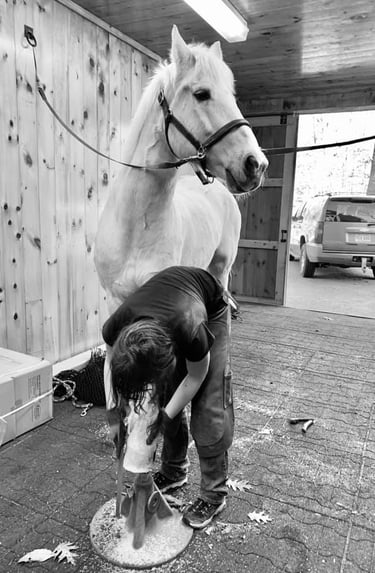
When looking at medicine holistically, the first question to ask is what is health?
Health is defined as freedom from disease. In conventional medicine “normal,” chronic conditions are accepted as healthy, as long as the animal is considered free from devastating illness. In other words, many signs of chronic disease, when not life-threatening, are accepted as normal health. According to this definition many domesticated horses are not truly healthy. Many horses have low-grade problems that few people regard as signs of ill- health; the practitioner simply treats each symptom as it appears. True health in holistic terms is freedom from any signs of disease. It includes the ability to acquire common, self- limiting diseases, such as the flu, and have adequate immunity such that the illness is short-lived and requires little medication to recover. A healthy individual should mount a strong reaction to an infectious disease, often running a high fever (up to 105°F or more) for a short period of time, followed by a quick recovery. A horse, by nature, is a prey animal. It lives in areas with scrub-type vegetation, and moves twenty hours a day eating, with about four hours spent resting and sleeping. Humans expect horses to adapt to our ways of living, eating, healing and exercise, and, for the most part, horses do this very well. However, the levels of stress brought on by the unnatural living conditions create and exacerbate chronic disease and cause weakening of the immune system. Recognition of the nature of horses helps the practitioner understand how best to treat them in a holistic manner. Signs of disease manifest as mental or physical symptoms that range from mild to severe. Any deviation from health can be considered a sign of disease, but may only indicate an imbalance in feed. It is important for humans as guardians of animals to become more observant of the following signs of disease. Mental signs that chronic disease may be present include excessive fears, nervousness and inability to adapt to change. Horses with repetitive behaviors such as weaving, stall-walking, self-mutilation or cribbing appear addicted to these behaviors and are probably not dealing with the stresses of confinement very well. If a horse is forced to adapt to the stress of confinement, the immune system is probably being compromised and the horse’s health may deteriorate. It is crucial to provide our equines with an environment conductive to healing, thriving and optimal brain function.
In medicinal research field, however, the understanding of synergy is complicated. This study has classified the concept of synergy broadly into two main categories, based on the mode of actions—pharmacodynamic and pharmacokinetic synergy.

The first type of synergy describes two or more agents that work on the same receptors or biological targets that result in enhanced therapeutic outcomes through their positive interactions. The second type of synergy results from interactions between two or more agents during their pharmacokinetic processes (absorption, distribution, metabolism and elimination) leading to changes of the agents quantitatively in the body and hence their therapeutic effects
The therapeutic value of synergistic interactions has been known since antiquity, and many different healing systems have relied on this principle in the belief that combination therapy may enhance efficacy, followed by recent studies


Horses are herbivores and are designed to eat a diet high in fibre and low in starch, obtained through freedom of movement to select and forage from a diverse range of plants in the company of other horses.
While very specific constituents of individual herbs have been identified as providing specific medicinal effects, the medicinal action of most herbs is provided by the presence of not only the primary chemical component but also secondary components which are not as easily identified. Herbalists believe that for herbs to provide their greatest effect they should be administered whole in order to provide an effective dose of both primary and secondary constituents. The presence of secondary constituents that act to increase the effectiveness of primary herbal components is the logic behind the common and usual practice of administering multiple herbs in order to achieve a single purpose.
Occurrence of a specific secondary metabolite requires unique biochemical pathways in each group of plants. Learn more here


FRIENDLY WILDLIFE
In Chinese medicine practice, a special concept of herb-herb interaction is utilized when multi-item prescriptions are formulated. Although each individual herb included in a prescription is indicated for certain symptom(s), when multiple herbs are administered together, the mixture is more than a random group of herbs. Rather, they work in unison through mutual interaction resembling different roles of the government official hierarchy, with each herb figuratively designated as either “emperor”, “minister”, “assistant”, or “servant” further highlighting the importance of understanding codependent ingredients and interactions in blends.
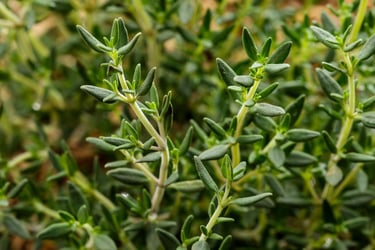
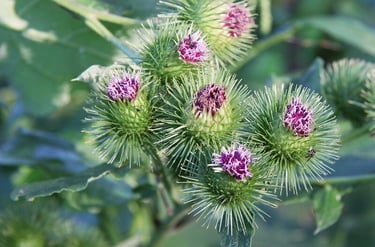


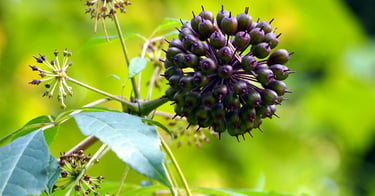
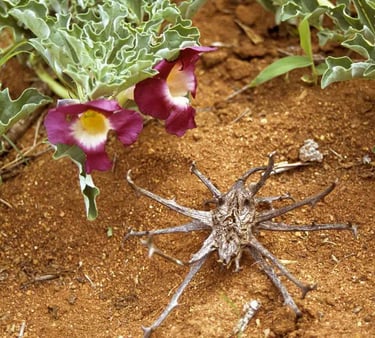
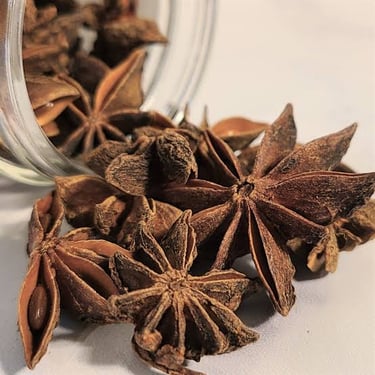












reach out here
a glimpse into the fascinating interplay between electrons, disorder, and time perception: by delving deeper into theoretical underpinnings and experimental validation, we can unlock the secrets of time's true nature and rewrite the script of our understanding of the universe. Thus, there is a flow of energy, another tenet of thermodynamics. Similar to a celestial river, energy cascades from high potential to low, seeking an ever-present entropy sink. Could this inherent directionality mirror the arrows of time? Perhaps the very fabric of time itself is sculpted by this energy flow–its forward march propelled by the universe's unquenchable thirst for disorder. Of course, the stage of existence is vast, and the other players grace their boards. Uncertainty whispers its secrets and quantum mechanics dances its enigmatic waltz. However, by peering through the lens of thermodynamics, we glimpse a fascinating connection, a potential harmony between the grand crescendo of entropy and the symphony of time. In this cosmic choreography, whispers of disorder become the melody of time, forever echoing through the ever-expanding orchestra of the universe
